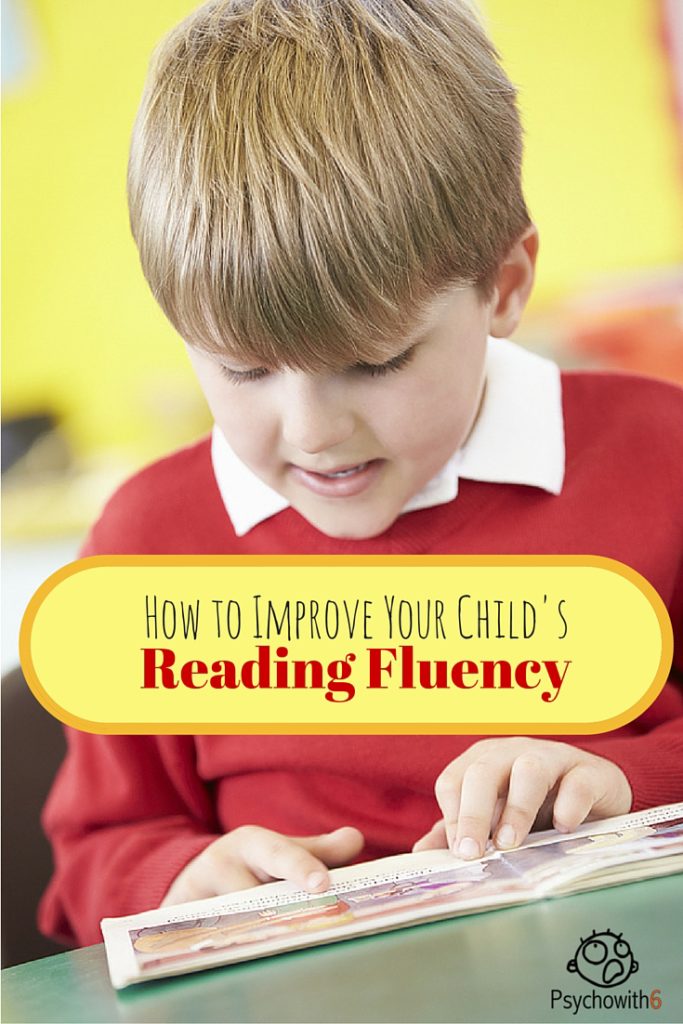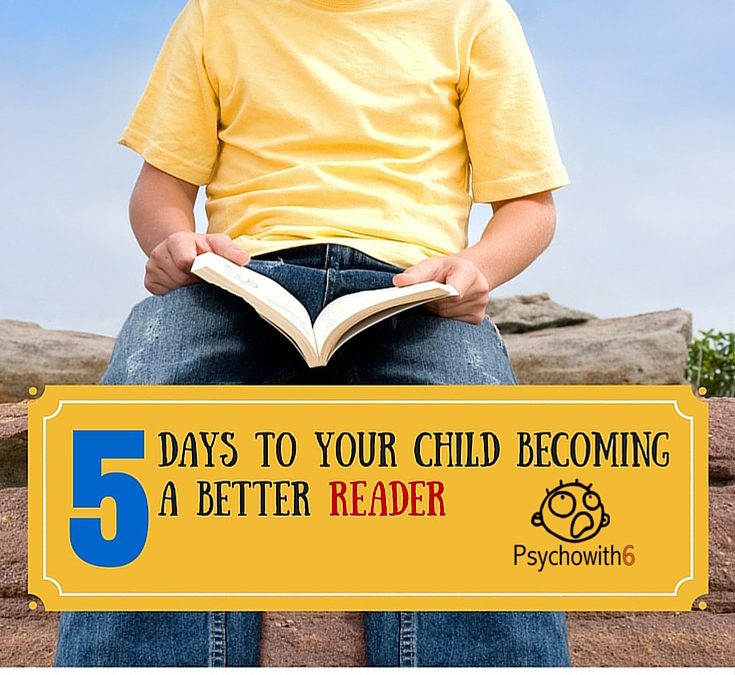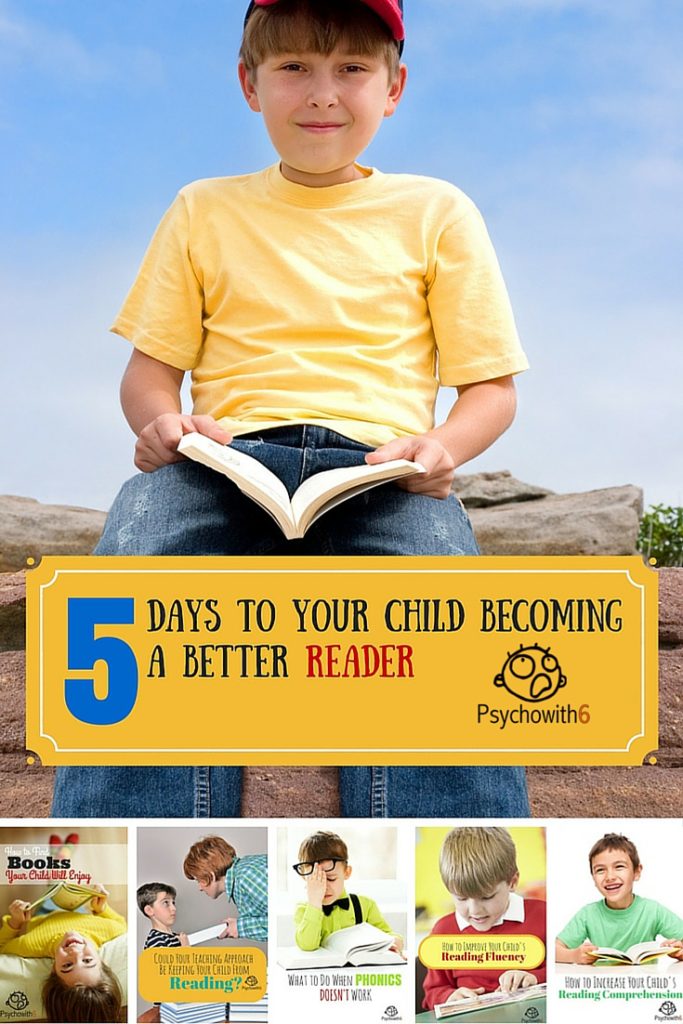
How to Improve Your Child’s Reading Fluency
 If your child can read, but not fluently, you know what I’m talking about. The halting pace with voice pitch changes that don’t match the text are very noticeable. But just to be clear:
If your child can read, but not fluently, you know what I’m talking about. The halting pace with voice pitch changes that don’t match the text are very noticeable. But just to be clear:
“Reading fluency is the power to read quickly and accurately. The more fluent a reader, the more he or she automatically groups and recognizes words. Fluent readers excel at oral reading, which is highlighted by smooth and natural expression.” – ReadingRx
Slow reading and failing to voice pronunciation correctly are normal for beginning readers. But if it continues, poor reading fluency will affect your child’s reading motivation and comprehension. Improving your child’s reading fluency is a top priority.
How to Improve Your Child’s Reading Fluency
- Practice, practice, practice. Have your child read aloud a lot. If she resists because she doesn’t feel confident, remind her that reading is like every other skill: it requires practice. No one is born reading well. Once a child is reading in our home, they earn the privilege of getting to read Scripture out loud during our Bible time.
- Build your child’s confidence. Have him read a beloved book in his skill level to a younger sibling or for a grandparent. Let him read the same book over and over and praise him when he does.
- You read first. Let a child who struggles with reading fluency hear you read new material first. This is no different than having a young musician listen to a piece before trying to play it.
- Have her read with you. After you read to your child, have her read out loud along with you. Read at a slightly faster rate than your child has been.
- Assess your child’s reading speed. Choose a passage that isn’t familiar but can be read by your child with at least 100 words in it. Ask your child to read it out loud for speed for one minute (use a timer). Record how many words were read and share the number with your child without judgement.
- Challenge your child to improve. Have your child read the same passage again to see if he can improve speed, accuracy, and a natural voice. Repeat this process, taking note of your child’s interest. If she is weary, try it again another day. Depending on your child’s personality, you may want to have him try to earn a reward for improving speed. You could also have him compete for improvement in speed with a sibling (not in total words read). Continue choosing new material to read for the challenge, encouraging your child to keep practicing.
Fluent readers are more likely to be consistent readers. This Pinterest board has games you can use to improve your child’s reading fluency.
Follow Comprehension Connection’s board All Things Fluency on Pinterest.
You may enjoy the other posts in the series 5 Days to Your Child Becoming a Better Reader.

read more


 The better a child reads, the more he will read. The more a child reads, the better her reading skills will be.
The better a child reads, the more he will read. The more a child reads, the better her reading skills will be.




